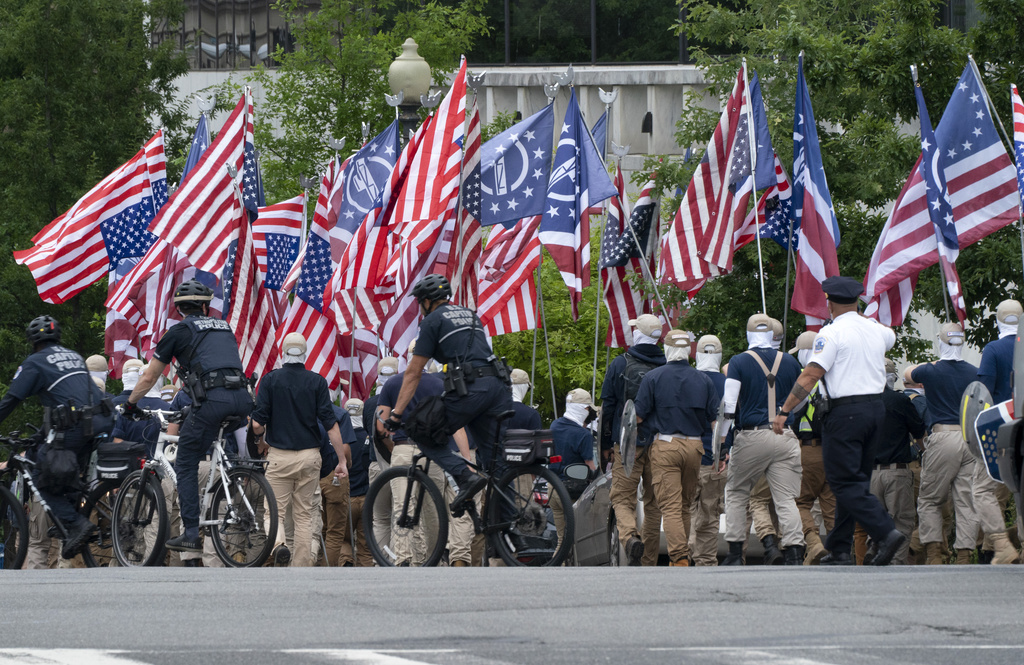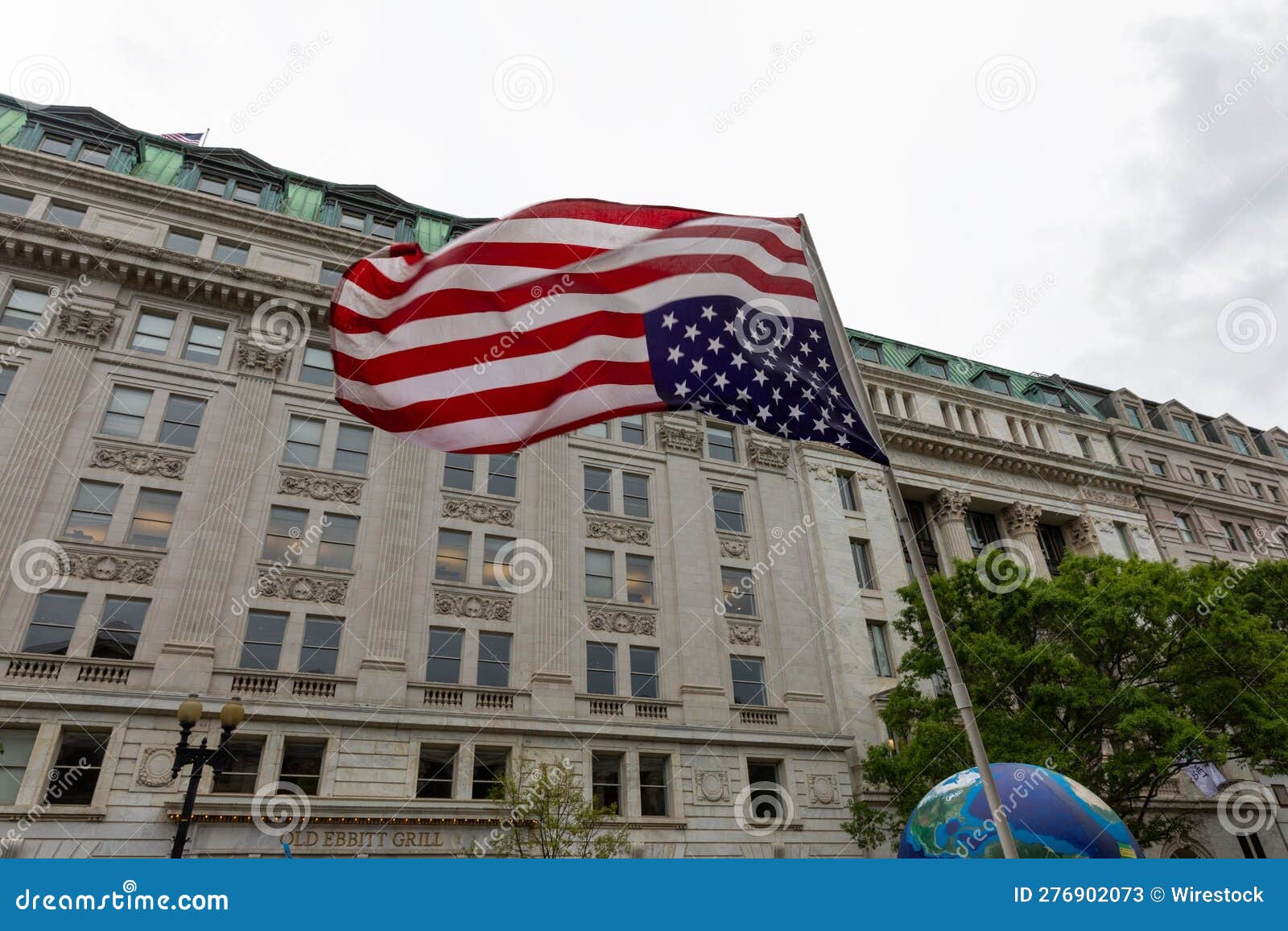Flying the American flag upside down might seem like a bold or rebellious move, but it’s actually steeped in history and tradition. This seemingly simple act carries deep meaning, and understanding when it’s appropriate can help us respect the flag’s significance. But here’s the thing—there’s a lot of confusion around this topic, and that’s where we come in. Let’s dive into the nitty-gritty details of why flying the flag upside down is more than just a gesture; it’s a powerful SOS signal.
Picture this: you’re driving down the road, and you spot a flag flying upside down. Your first thought? “Is that even allowed?” Well, it’s not exactly illegal, but it’s definitely not something you see every day. The truth is, flying the flag upside down is a way to send a distress signal, and it’s rooted in centuries of military and civilian practices. So, before you start flipping flags, let’s break it down for you.
Now, you might be wondering, “Why does this even matter?” Well, my friend, the flag is more than just a piece of fabric. It’s a symbol of unity, freedom, and sacrifice. Understanding when and why it’s appropriate to fly it upside down can help us honor its meaning and show respect for the values it represents. Stick around, and we’ll explore everything you need to know about this controversial yet meaningful tradition.
Read also:Eminem 16 The Untold Story Behind His Iconic Verses And Legacy
Understanding the History of the Upside-Down Flag
To truly grasp the significance of flying the flag upside down, we need to take a trip back in time. The practice dates back to the early days of the United States, where it was used as a distress signal by the military. Back then, communication wasn’t as advanced as it is today, so soldiers relied on visual cues like flags to convey urgent messages.
In the 19th century, the upside-down flag became a widely recognized symbol of distress, especially during battles. If a unit was in trouble, they would fly the flag upside down to signal for help. Over time, this practice made its way into civilian life, where it was adopted as a way to communicate emergencies.
Today, the upside-down flag is still recognized as a distress signal, but its use has evolved. It’s not just limited to military contexts anymore. People fly it upside down to draw attention to social injustices, political issues, or personal crises. However, this has sparked debates about its appropriateness and whether it disrespects the flag.
What Does the Flag Code Say?
The U.S. Flag Code is like the rulebook for how we should treat the flag. According to the code, flying the flag upside down is only appropriate as a distress signal. This means it should be used in life-or-death situations where help is needed immediately. The code emphasizes that the flag should never be flown upside down for decorative or protest purposes.
- The Flag Code was established in 1942 to provide guidelines for flag etiquette.
- Flying the flag upside down is considered a breach of protocol unless it’s used as a distress signal.
- Violating the Flag Code doesn’t carry legal penalties, but it can be seen as disrespectful.
While the Flag Code isn’t legally enforceable, it serves as a reminder of the flag’s importance and the need to treat it with respect. Ignoring these guidelines can lead to backlash, especially from those who view the flag as a sacred symbol.
When is It Appropriate to Fly the Flag Upside Down?
Now that we’ve covered the history and rules, let’s talk about when it’s actually appropriate to fly the flag upside down. The answer is simple: only in emergencies. This could mean a natural disaster, a medical crisis, or any situation where immediate help is needed. However, the context matters, and misuse can lead to misunderstandings.
Read also:Gypsy Rose Right Now The Fascinating Story Of A Woman Who Redefined Identity
For example, some people have flown the flag upside down during protests to draw attention to social issues. While this can be a powerful statement, it’s important to consider whether it aligns with the flag’s intended purpose. Protesters argue that systemic injustices are emergencies in their own right, but not everyone agrees with this interpretation.
Ultimately, the decision to fly the flag upside down should be made with careful consideration. Is the situation dire enough to warrant this action? Are you prepared for the potential backlash? These are questions worth asking before taking such a bold step.
Common Misconceptions About the Upside-Down Flag
There are a lot of myths and misunderstandings surrounding the upside-down flag. Some people think it’s a sign of disrespect, while others believe it’s a way to show patriotism. Let’s clear up some of the most common misconceptions:
- Myth: Flying the flag upside down is illegal. Fact: It’s not illegal, but it violates the Flag Code unless used as a distress signal.
- Myth: Only the military can fly the flag upside down. Fact: Civilians can also use it as a distress signal, but it should be done responsibly.
- Myth: Flying the flag upside down is always disrespectful. Fact: It depends on the context. In true emergencies, it’s a recognized way to ask for help.
Understanding these nuances can help us approach the topic with more empathy and respect. It’s not about being right or wrong; it’s about finding common ground and respecting the flag’s role in our society.
Legal Implications of Flying the Flag Upside Down
While flying the flag upside down isn’t illegal, it can still attract attention from law enforcement, especially if it’s done in a public space. In some cases, people have been questioned or even arrested for flying the flag upside down during protests. However, the First Amendment protects free speech, so courts have generally ruled in favor of those exercising their right to protest.
That said, it’s important to remember that exercising your rights comes with responsibility. If you choose to fly the flag upside down, be prepared to explain your reasons and face potential consequences. Public perception can vary widely, and not everyone will agree with your decision.
Case Studies: Real-Life Examples of the Upside-Down Flag
History is full of examples where the upside-down flag has been used to convey distress or protest. Here are a few notable instances:
- The Vietnam War Protests: During the 1960s and 70s, anti-war activists flew the flag upside down to protest U.S. involvement in Vietnam. This sparked intense debates about patriotism and dissent.
- Hurricane Katrina: In the aftermath of the 2005 hurricane, many residents in New Orleans flew the flag upside down to signal for help. This helped draw attention to the dire conditions they were facing.
- Modern Protests: In recent years, the upside-down flag has been used in demonstrations against police brutality, climate change, and other pressing issues.
These examples show how the upside-down flag has been adapted to fit different contexts, but they also highlight the importance of using it responsibly. Each situation is unique, and the impact of the gesture can vary depending on the audience and the message being conveyed.
Respecting the Flag: Tips for Responsible Use
If you’re considering flying the flag upside down, here are a few tips to ensure you’re doing it responsibly:
- Only use it in genuine emergencies or as part of a well-thought-out protest.
- Be prepared to explain your reasons to others, including law enforcement.
- Consider the cultural and historical significance of the flag before making your decision.
- Respect the opinions of those who may disagree with your choice.
Remember, the flag is a powerful symbol, and its impact can be both positive and negative. By using it responsibly, we can honor its meaning and contribute to meaningful conversations about the issues that matter most.
How to Properly Display an Upside-Down Flag
If you decide to fly the flag upside down, there are a few guidelines to follow:
- Make sure the union (the blue field with stars) is at the bottom instead of the top.
- Avoid flying the flag upside down for extended periods unless absolutely necessary.
- Consider using a separate flag for protests or demonstrations to avoid damaging your regular flag.
Proper display shows respect for the flag and its meaning, even in unconventional situations. Taking these steps can help ensure your message is clear and your intentions are understood.
Emotional and Symbolic Impact of the Upside-Down Flag
The upside-down flag carries emotional weight that can evoke strong reactions. For some, it’s a call to action; for others, it’s a source of offense. Understanding the emotional impact of this gesture is key to using it effectively.
On one hand, flying the flag upside down can draw attention to important issues and spark meaningful conversations. On the other hand, it can alienate those who view the flag as a sacred symbol. Finding a balance between these perspectives is crucial for fostering understanding and respect.
Addressing Criticism and Controversy
Not everyone agrees with the use of the upside-down flag, and that’s okay. Criticism can be a valuable opportunity for dialogue and growth. Instead of dismissing opposing views, try to engage in respectful conversations that promote mutual understanding.
For example, if someone questions your decision to fly the flag upside down, take the time to explain your reasons. You might say something like, “I’m using this gesture to draw attention to a serious issue that needs immediate action. I respect the flag’s meaning, and I believe this is the best way to communicate my message.”
Conclusion: Flying the Flag Upside Down with Purpose
In conclusion, flying the flag upside down is a powerful gesture that should be used with care and consideration. While it’s not appropriate for every situation, it can be an effective way to signal distress or draw attention to important issues. By understanding its history, respecting its meaning, and using it responsibly, we can honor the flag’s role in our society.
So, the next time you see a flag flying upside down, take a moment to reflect on its meaning. Is it a cry for help? A call to action? Or a statement of protest? Whatever the reason, remember that the flag is more than just a symbol—it’s a reflection of our shared values and aspirations.
What do you think about flying the flag upside down? Share your thoughts in the comments below, and don’t forget to check out our other articles for more insights on flags, history, and culture. Together, we can keep the conversation going and learn from each other’s perspectives.
Table of Contents
- Understanding the History of the Upside-Down Flag
- When is It Appropriate to Fly the Flag Upside Down?
- What Does the Flag Code Say?
- Legal Implications of Flying the Flag Upside Down
- Case Studies: Real-Life Examples of the Upside-Down Flag
- Respecting the Flag: Tips for Responsible Use
- How to Properly Display an Upside-Down Flag
- Emotional and Symbolic Impact of the Upside-Down Flag
- Addressing Criticism and Controversy
- Conclusion: Flying the Flag Upside Down with Purpose


